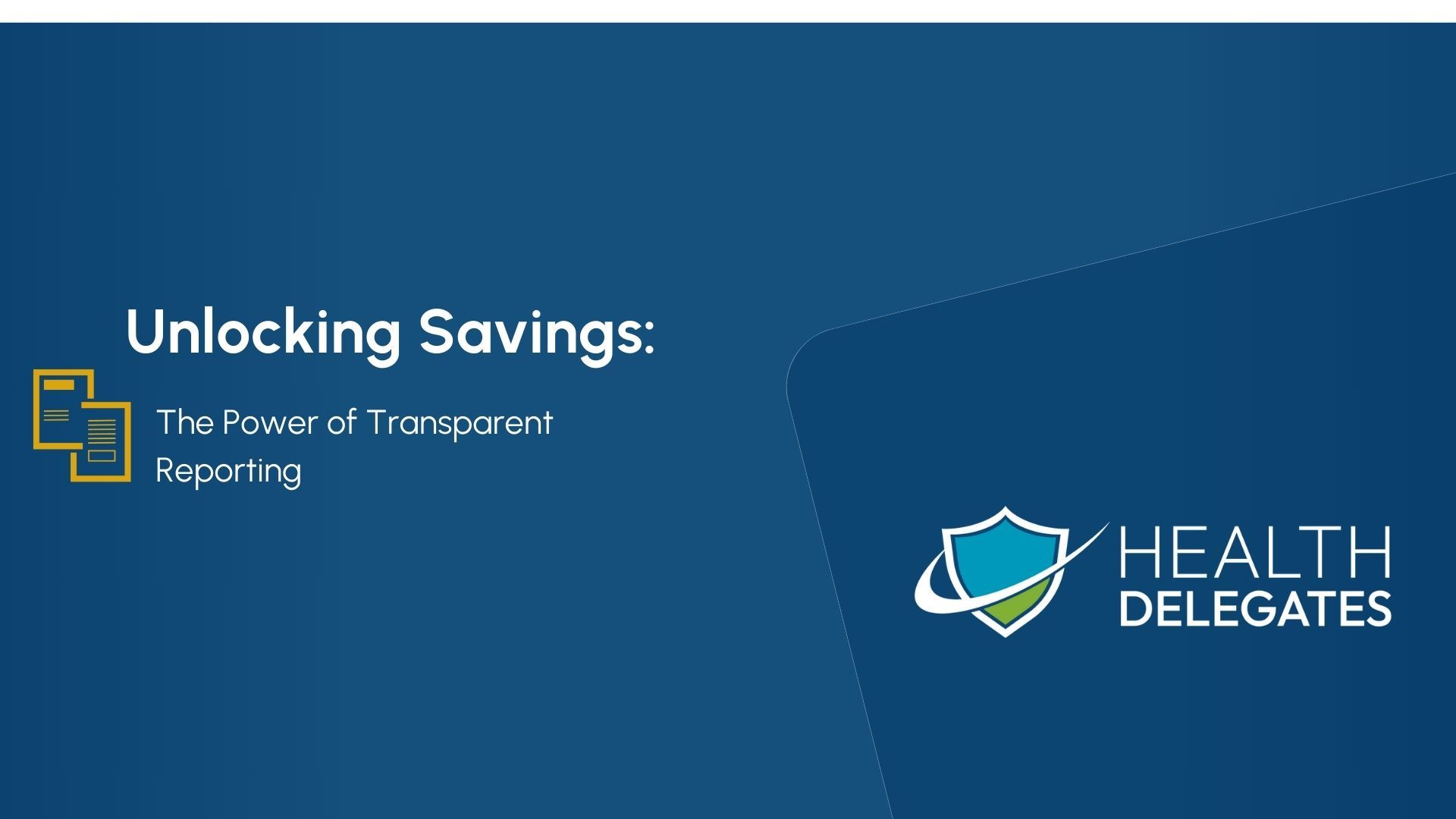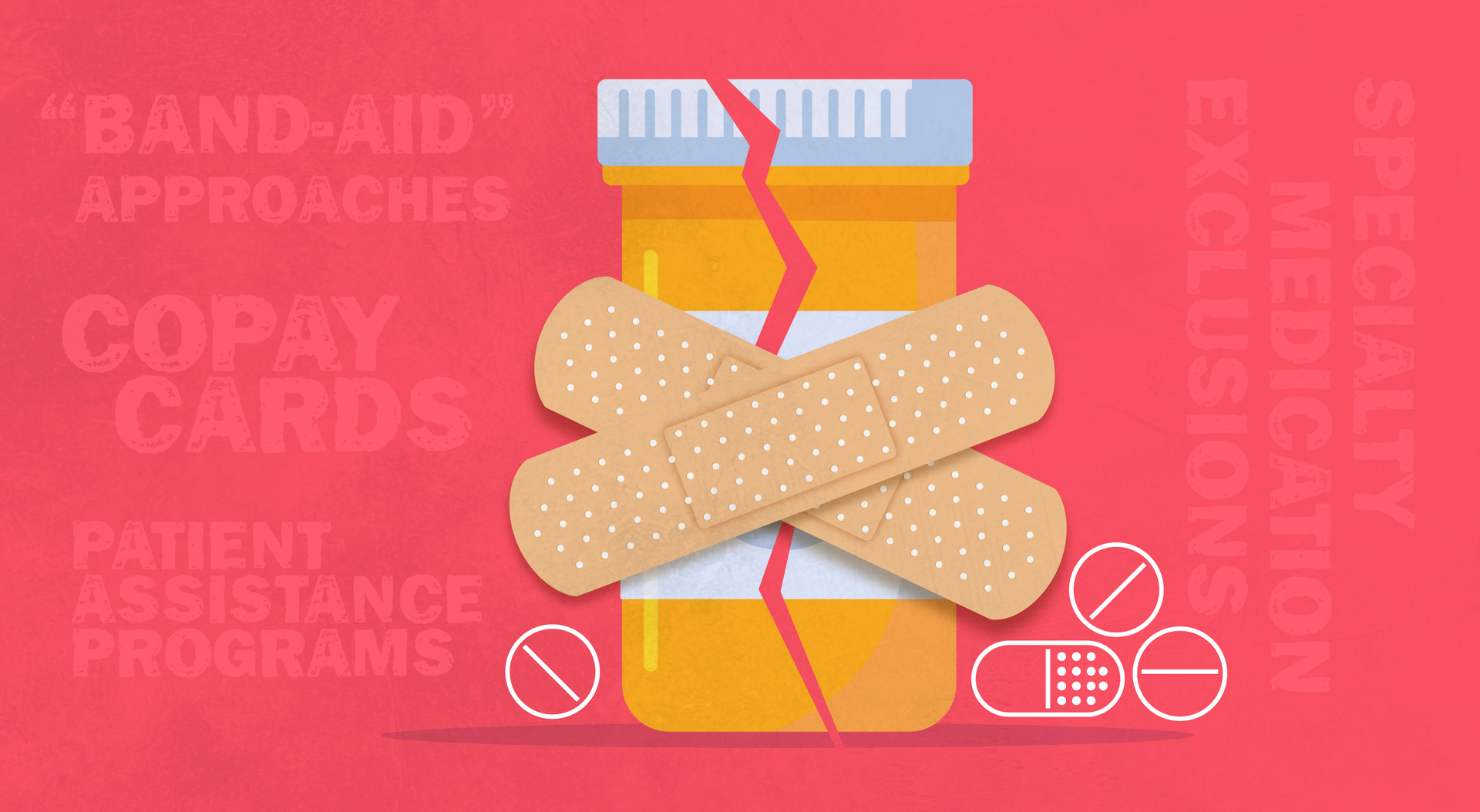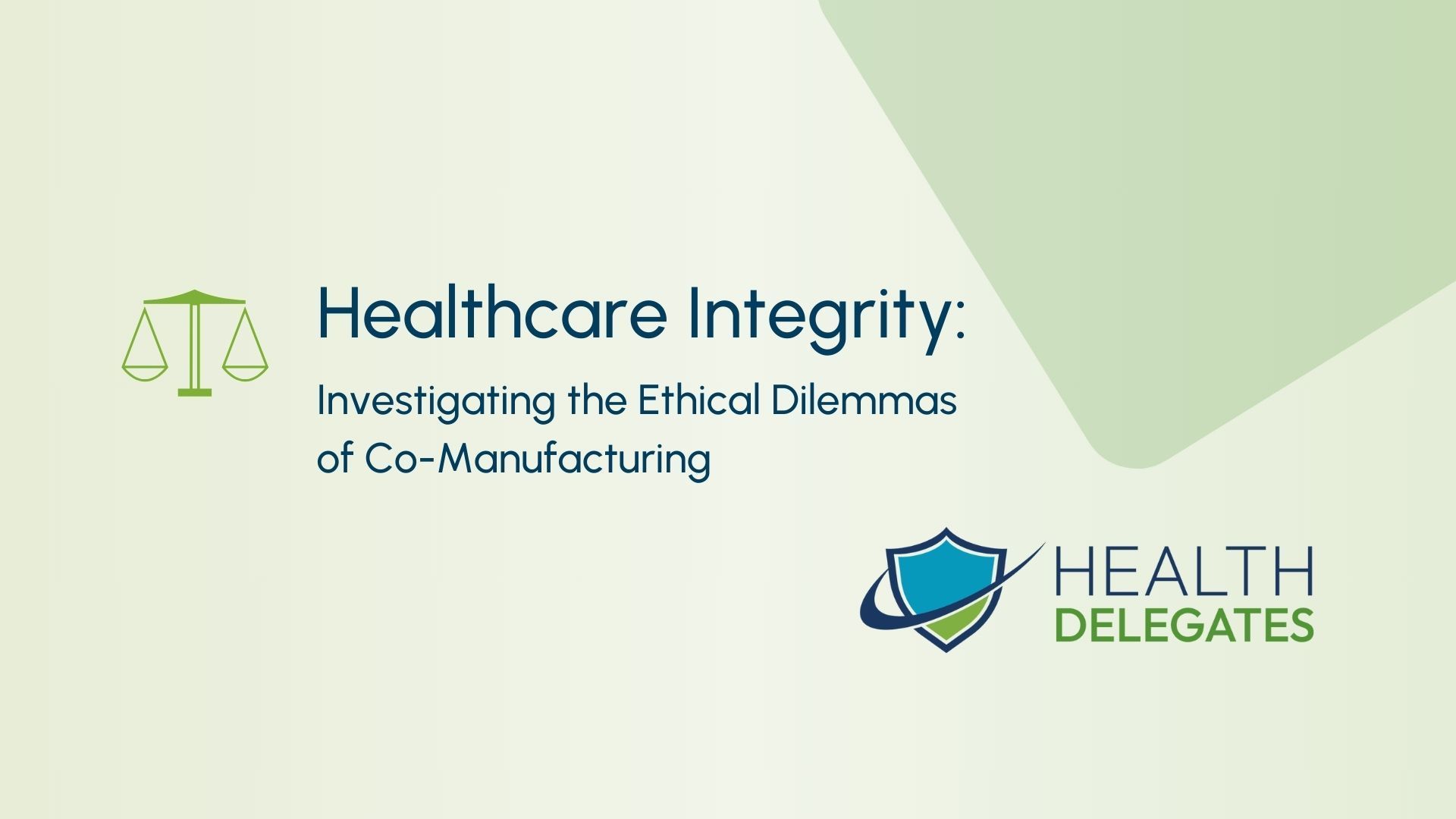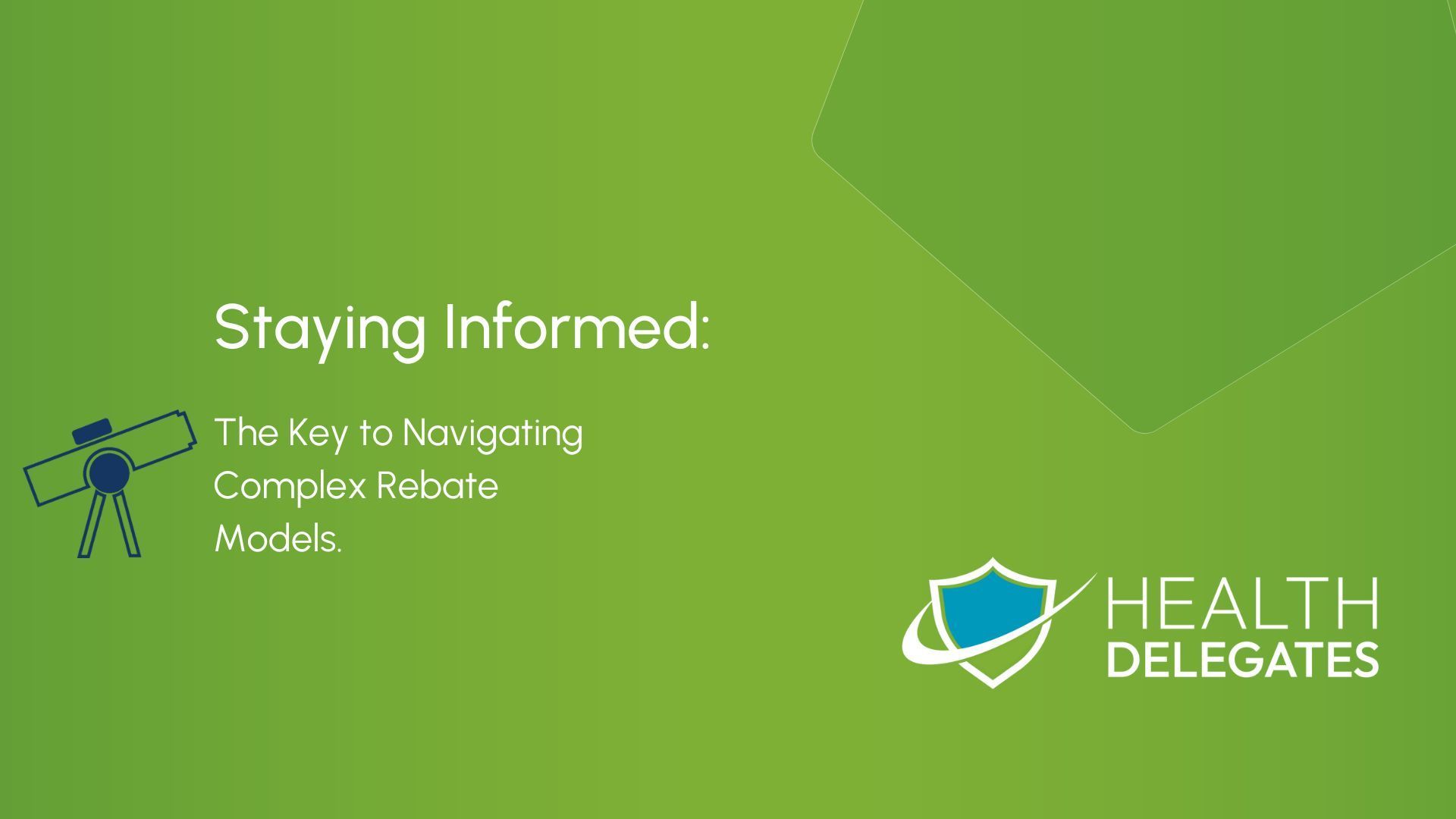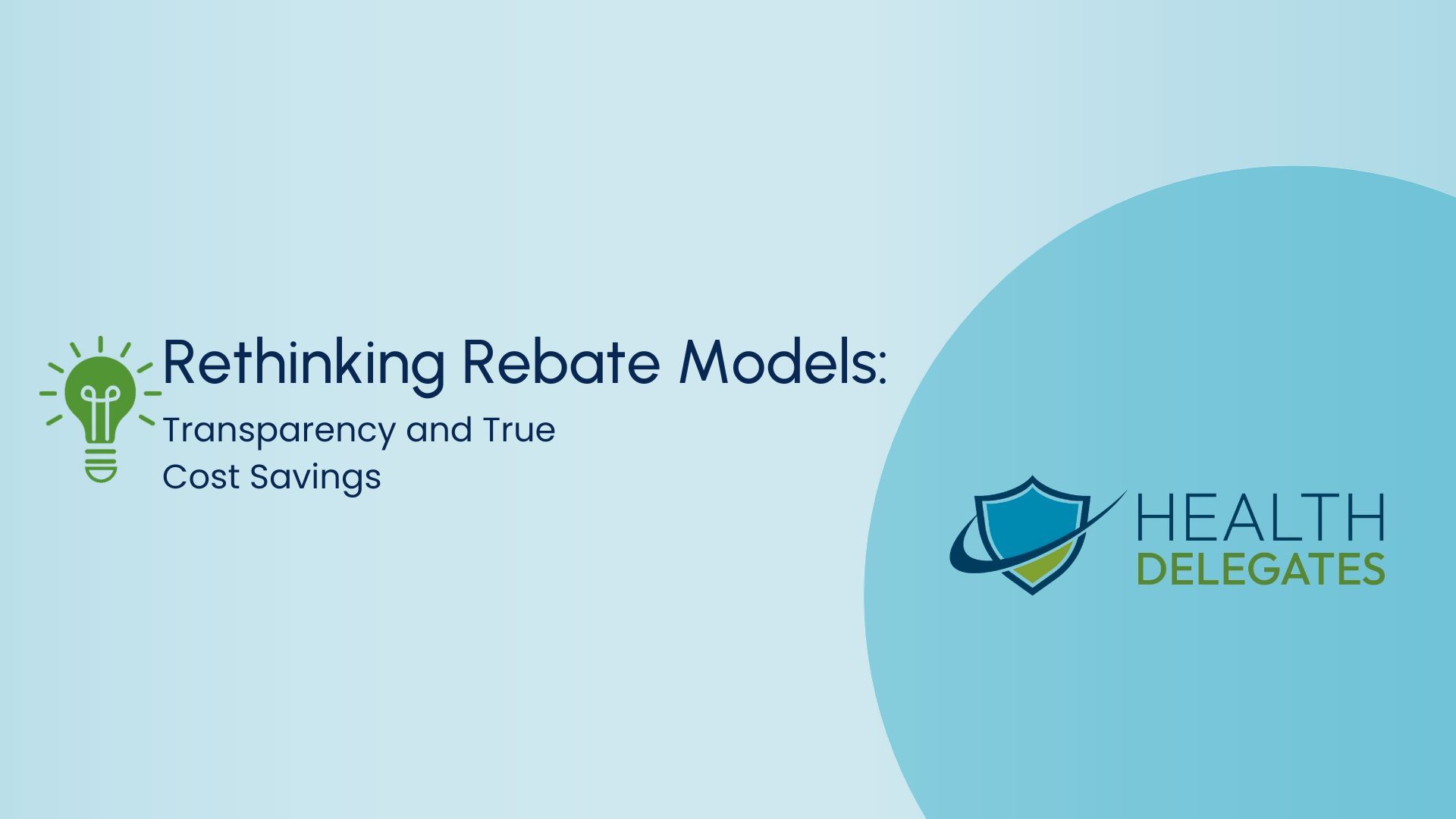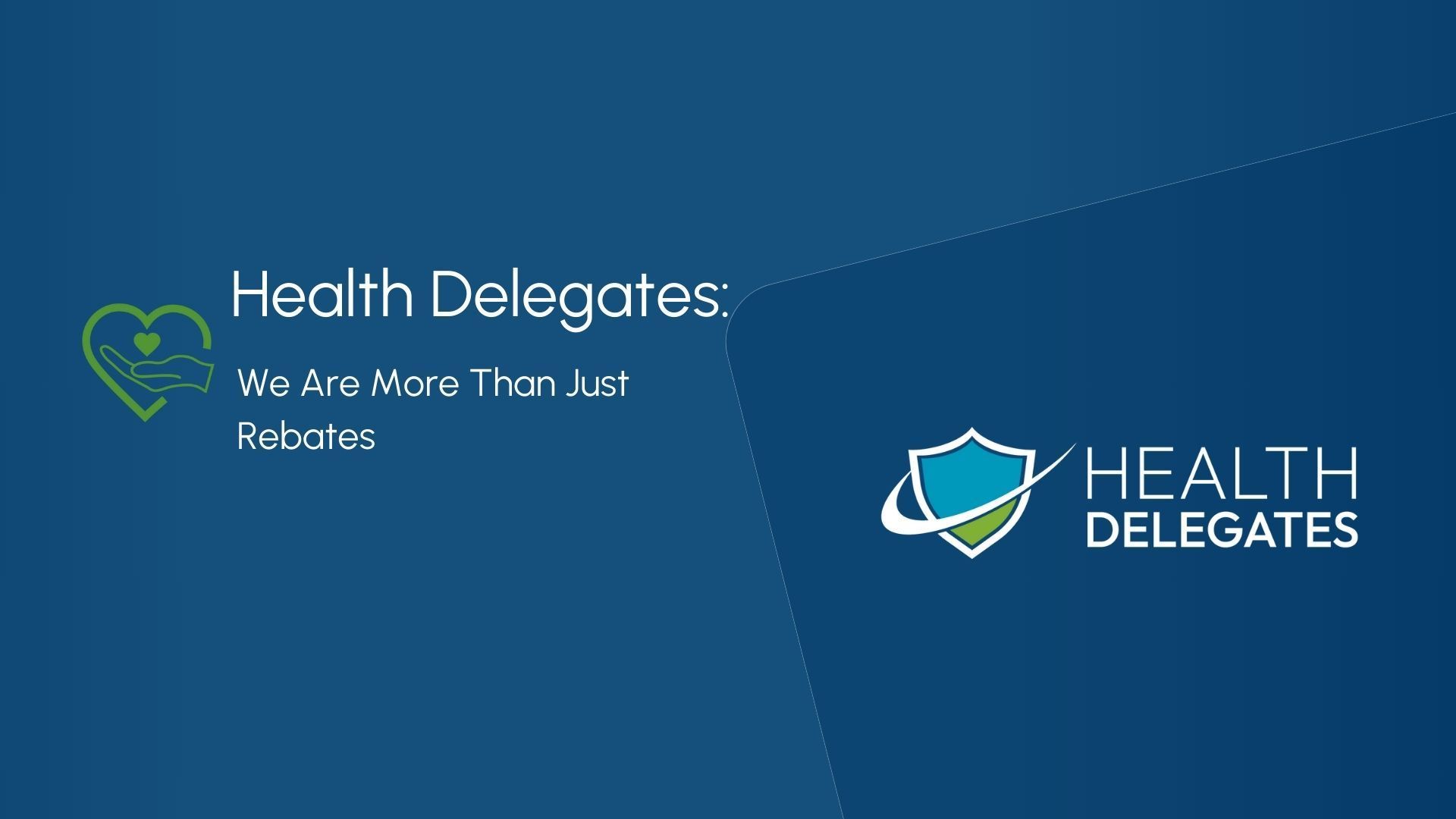Bypass the Band-aid Approach to Lowering Specialty Drug Costs: A Carve-Out Can Help You Improve Access to Plan Members and Save Your Bottom Line
Specialty medications today cost an average of 10 to 15 times more than traditional brand drugs. And, within a year, specialty pharmacy will account for approximately 47 percent of the pharmacy industry’s overall expenditures. (1) With an aging employee population comes more chronic and complex health conditions that require specialty medications. As a result, associated expenditures will continue to increase with no immediate end in sight.
In an effort to combat and contain rising costs, employers have seen a wave of “Band-aid” approaches flood the market place. These include Patient Assistance Programs (also known as PAP), copay cards and specialty medication exclusions. While, at the surface, some of these approaches may improve patient adherence by shaving off some out-of-pocket costs for plan members, the mechanisms that drive them are often temporary with expiration dates, complicated qualifiers and limited funds that — you guessed it — can run out.
PAP Programs
A lifesaver for some, particularly people facing large medical bills, and a controversial Band-aid approach to others. Known as a “safety net,” PAP programs are funds sponsored by pharmaceutical manufacturers, states or nonprofit organizations for people with no health insurance or who are underinsured. When a PAP program is clinically indicated and managed well, it can be life changing and even lifesaving.
Pros
- Provides financial assistance to people to access medications for little or no out-of-pocket costs.
Cons
- In some instances, it’s a Band-aid approach. It can help with some costs, but not indefinitely.
- Eligibility can vary and include income and residency exclusions. In addition, not all funds freely disclose eligibility criteria, making it difficult for people to understand if they can qualify or not.
- Registration can be confusing and tedious for many people to navigate.
- Can lock people into specific drug brands, even when less expensive alternatives are available.
- Funds run out and, without proper oversight, can expire during treatment leaving people with surprise expenses.
Copay Cards
Think of copay cards as a coupon or discount card that provides plan users with a front-end discount off of their specialty drug copayments.
Pros:
- They lower out-of-pocket costs at the cash register. A copay card can offer instant reimbursements up to a certain, predefined dollar amount — for example $100 off of a $144 copayment. (2)
- With these discounts, members tend to fill their prescriptions more regularly, thereby, improving adherence.
Cons:
- It’s a Band-aid approach. While it all sounds great on the front-end, there’s no such thing as free money. Those discounts come at a cost. Manufacturers tend to offer copay discounts on higher cost brand names to compete with competing lower-priced options. When this occurs, the discount savings are passed on to the insurer, which ultimately yields higher premium costs.
- In addition, copay cards have expiration dates. Some of the more generous programs offer discounts on a few medication fills. But when the card expires, so do the discounts. Then, the plan member goes back to square one.
Specialty Pharmacy Exclusions
Among the more drastic cost saving measures is the exclusion of specialty medication coverage. In this instance, an insurance plan excludes specialty medications completely from the covered benefit, leaving plan members to fend for themselves. When the plan uses exclusion to eliminate costs for specialty medications, plan members are unable to get drug discounts and cannot request exceptions or medical necessity. Compounding the issue, the contracting employer has little-to-no power to overturn coverage denials.
Pros and Cons
- On the front end, plan premiums may be lowered. On the back end, this Band-aid approach can significantly compromise plan members’ access to necessary specialty medications.
Bypass the Band-aid Approach with a Specialty Pharmacy Carve Out
A more holistic approach that can help solve cost-containment needs for all parties — from plans, to employers, to plan members — from the ground up, is the specialty pharmacy carve-out program.
A specialty pharmacy carve-out is a program that pulls, or “carves out” specialty drugs from a medical plan benefit, then transfers and administers this coverage through a third-party provider.
Benefits
- Drives improved member access to specialty drugs at lower costs without impacting premiums and other costs.
- Avoids temporary cost fixes that will expire or run out.
- Provides greater employer transparency into pharmacy benefits to control spending, negotiate better deals and ensure optimal program performance.
- Enables the provision of a complete pharmacy benefits program that satisfies plan members and stays within an employer’s financial guardrails.
Ready to remove the Band-aid? Let Health Delegates help you build the ideal specialty pharmacy carve-out program for your organization. One call can get you on the path to covering your employees’ specialty pharmacy needs and protecting your bottom line.
We can help. Contact us today.
Sources:
(1) https://www.pharmacytimes.com/view/cost-of-dispensing-specialty-drugs-may-be-more-than-you-think
(2) https://www.statnews.com/2016/09/14/pros-cons-drug-coupon-cards/
Subscribe for Exclusive Industry Insights
Contact Us
